As millions prepare for the Canada Emergency Response Benefit to end in September, Canadians need their collective security guaranteed by continued access to food, income, shelter and health care — not by weapons. And yet, it seems that even these pressing challenges aren’t slowing down the government’s attempts to purchase and deploy a fleet of armed surveillance drones by 2025.
Last week, Vice reported that government representatives recently briefed potential industry suppliers on their list of system requirements for the fleet, which include the ability to strike targets with onboard missiles and surveil domestic protests. Canadians should find this news highly concerning, for several reasons.
Drone Wars
The United States’ armed drones, which Canada may purchase under its “Remotely Piloted Aircraft System” procurement program, have been used to wage a targeted assassination campaign across the Middle East and North Africa, killing thousands of civilians and leaving many more without limbs, loved ones or livelihoods.
Disturbingly, in its “Letter of Interest” to industry suppliers, the Canadian government laid out a potential scenario in which its own drones could be tasked to perform a very similar strike mission to those regularly conducted by the American military. In this scenario, a Canadian drone equipped with Hellfire missiles and laser-guided bombs is tasked with surveilling “suspected insurgent operating locations” in Afghanistan. During its mission, the drone crew spots a “High-Payoff Target” — a pickup truck with a mortar attached to the bed — and destroys it with one of its missiles.
It’s reasonable to conclude from this that Canada intends to join the U.S. drone war in earnest. And yet, the American drone program — which has evaded serious political and legal scrutiny for decades — isn’t even preventing terrorism. In fact, it’s spurring it on.
In 2015, Air Force whistleblowers called for an end to the drone war in an open letter to the Barack Obama administration, stating that these strikes “fueled the feelings of hatred that ignited terrorism and groups like ISIS, while also serving as a fundamental recruitment tool.” This common-sense finding has also been corroborated by some of the same military officials who led U.S. counterterrorism operations in the Middle East, including retired generals such as Stanley McChrystal and Michael Flynn.
Using drones is not only counterproductive and dangerously escalatory, but also a form of terror in itself. A comprehensive 2012 study by Stanford Law School found significantly elevated levels of anxiety, post-traumatic stress disorder, self-medication, insomnia, hopelessness and suicide in individuals affected by the U.S. drone war in Pakistan. One respondent summarized his community’s collective trauma: “Before the drone attacks, it was as if everyone was young. After the drone attacks, it is as if everyone is ill. Every person is afraid of the drones.”
The study also found that parents have pulled their children out of schools, families can’t attend weddings or funerals for loved ones and friends have even stopped congregating in small groups, because, as one interviewee put it, “They usually attack people when they sit in gatherings.” This fear of gatherings is explicitly reinforced by Canada’s own drone specifications: In one of the government’s scenarios, a drone drops a bomb on a group of three “Fighting Age Males” after the crew spots one of them “holding a small radio or cell phone in his hand.”
The use of the “Fighting Age Males” label in the Canadian government’s industry call-out is particularly concerning. The Obama administration embraced this type of language in its own drone warfare campaign, which effectively counts “all military-age males [over 16] in a strike zone as combatants […] unless there is explicit intelligence posthumously proving them innocent.”
Given that the likelihood of uncovering this kind of posthumous evidence is exceedingly slim, it means that anyone killed in drone strikes is generally labelled an “Enemy Killed In Action.” This lack of accountability for non-combatant deaths is a feature — not a bug — of the system, which is why it’s impossible to determine how many innocent civilians have been killed for egregious crimes like “gathering in three-person groups” or “holding a cellphone.”
The Canadian government’s mirroring of American drone capabilities, its criteria for establishing “guilt” and even its combatant labels, should be highly concerning to Canadians.
We shouldn’t tolerate our government waging a drone war on our behalf.
Domestic Surveillance
The Canadian government also intends to utilize its future drone fleet for domestic surveillance missions. As is already evident south of the border, this will have a chilling effect on our democracy.
In June, a group of American lawmakers, spearheaded by Rep. Alexandria Ocasio-Cortez, launched an investigation demanding answers into why the Donald Trump administration deployed a military drone to surveil protesters in 15 cities across the U.S. As their letter to the Department of Homeland Security noted, “The deployment of drones and officers to surveil protests is a gross abuse of authority and is particularly chilling when used against Americans who are protesting law enforcement brutality.”
And yet, once again, the Canadian government’s industry call-out specifically notes that Canada is looking for a drone that is capable of performing domestic surveillance operations akin to those in the U.S.
Offering a concrete example of such a mission, the government document states that Canadian drones could be used to conduct surveillance of “radical elements” who intend to “further their anti-capitalist cause” by disrupting a G20 Summit in Quebec. During the government’s hypothetical scenario, the drone spots a parked car and uses its onboard infrared sensors to determine that the engine is warm. The drone crew deems this suspicious enough to dispatch a security team to the parked car, only to learn that its occupants are “a group of underage drinking teenagers.” They are promptly handed over to Quebecois police to answer for their crimes.
Shortly afterwards, the drone helps the security team intercept and identify the occupants of another vehicle, and this time they really hit the jackpot: Instead of bagging a couple of drunk teens, they manage to catch some bona-fide “anti-capitalist radicals” who had been nefariously plotting to “hang a banner concerning global warming.”
The government’s domestic surveillance scenario is hypothetical, but it certainly isn’t unrealistic. At the beginning of this year, activists across the country participated in peaceful civil disobedience protests in a show of solidarity with Wet’suwet’en First Nation. Many put themselves directly at risk of arrest by blocking rail lines, which triggered a remarkable shutdown of passenger rail service across Canada.
It’s likely that the presence of military surveillance drones during the Wet’suwet’en actions would have seriously changed the nature of these protests. If drones had been deployed in a similar manner to the government’s G20 scenario, for example, they might have been able to prevent these blockades from taking place by helping law enforcement intercept participants before they arrived.
More generally, their very presence would have likely had a chilling effect on the protests and elevated the risks for participants — especially if these drones were armed. Somewhat ominously, a government spokesperson recently admitted that “while [Remotely Piloted Aircraft Systems] will not need to routinely carry weapons during operations in Canadian airspace, situations may arise that would require such capabilities.”
The idea of potentially-armed surveillance drones deployed on domestic soil is particularly worrisome, given that Canadian law enforcement — including the RCMP and Toronto police — recently came under fire for using controversial facial recognition software that undermined privacy rights. While we’re still years away from police equipping drones with facial recognition technology, companies are working on maturing these systems, and it seems they’ll eventually become a powerful tool for law enforcement.
In the midst of a devastating pandemic, spending billions of dollars on armed drones is an investment in the wrong kind of security. Canadians should resist the government’s plans at all costs.

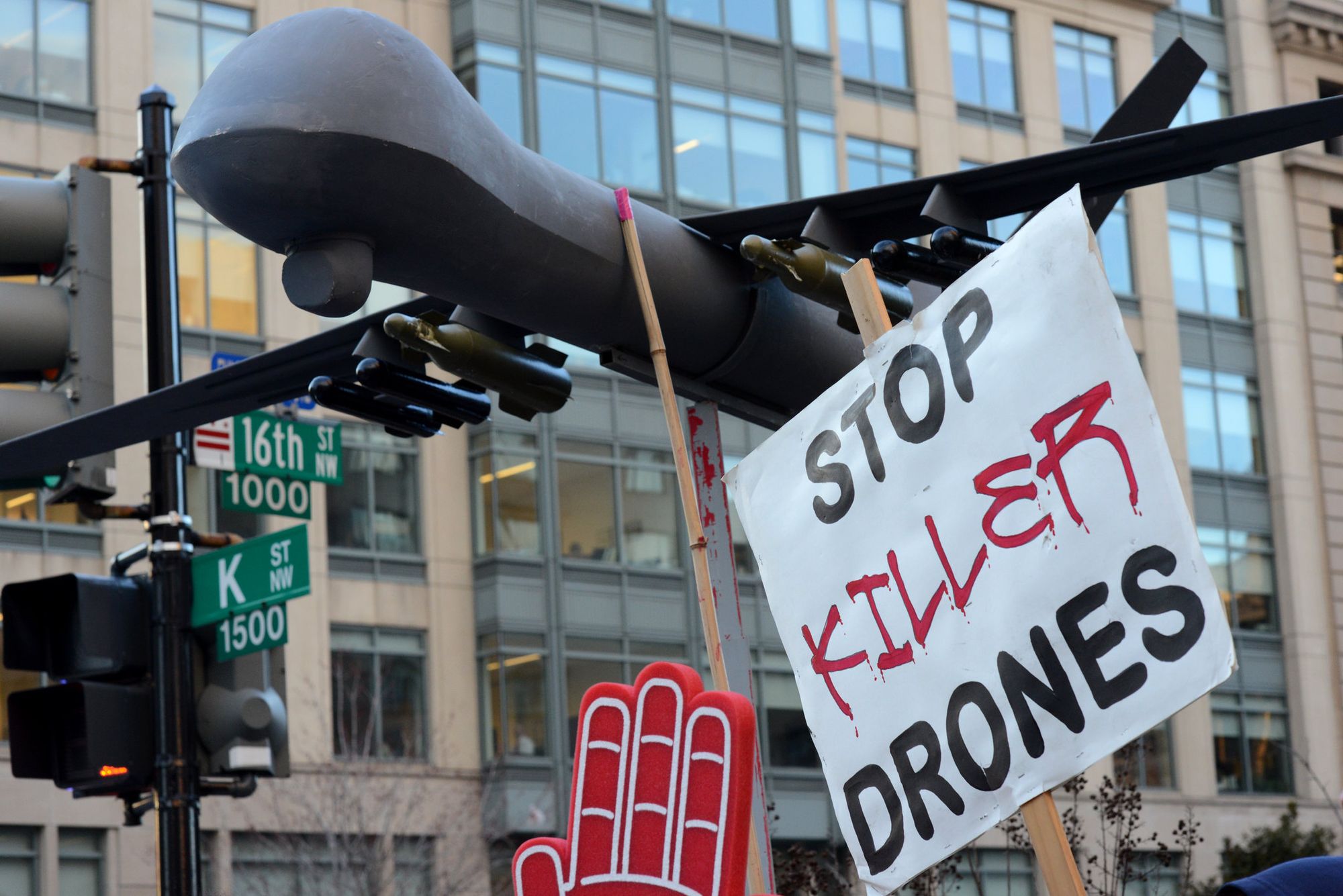
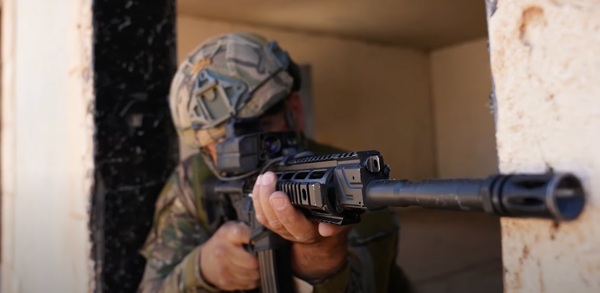
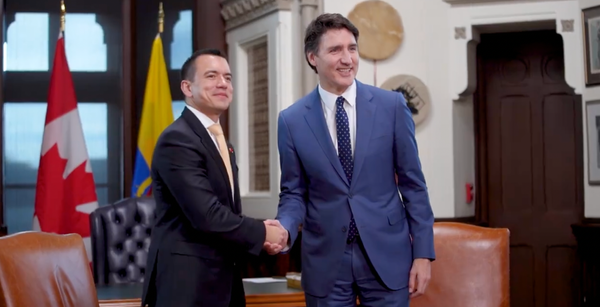
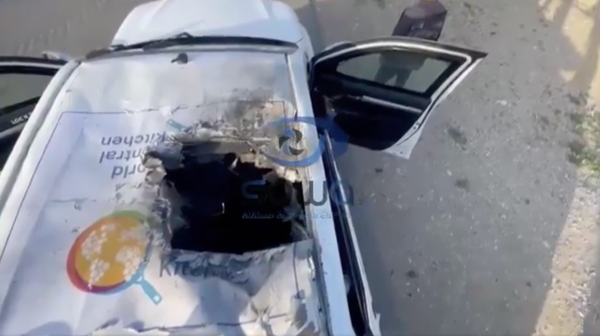
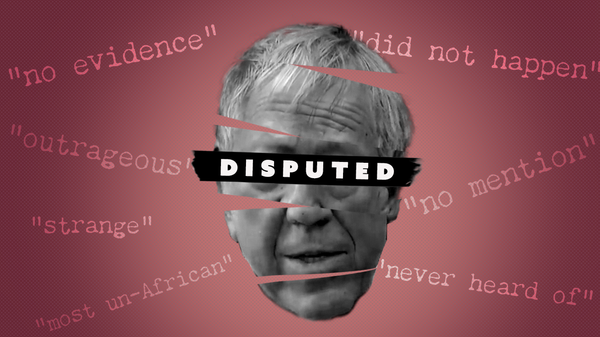

Member discussion